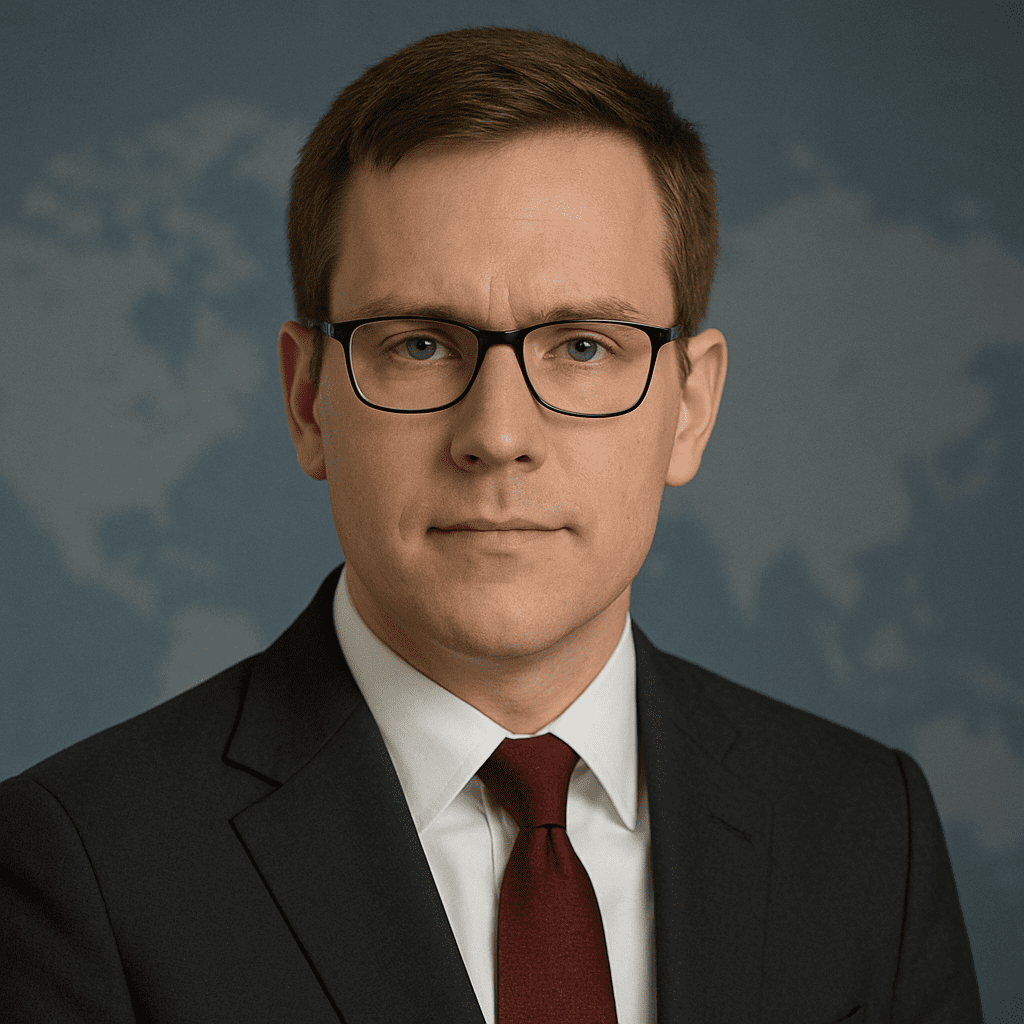🎧 Listen to the summary:
Federal oversight has always been an arena for bold initiative, but the Trump Administration brought a uniquely forceful vision for modernizing government operations. In classic business-minded fashion, a series of new programs and expanded federal offices were introduced under the banner of restoring American greatness and operational efficiency. This approach, heralded as a pragmatic necessity, resulted in an enlarged infrastructure featuring big government solutions and an unapologetically robust executive presence.
At the heart of this strategy stood the border-security surge, a defining hallmark. A well-funded border wall initiative, marshaling billions in taxpayer resources, restructured agencies like Homeland Security through aggressive hiring surges, additional contracting authorities, and layered oversight boards. While touted as a model for government efficiency, the accompanying ballooning bureaucracy led to a multiplicity of overlapping task forces and duplicative reporting requirements, causing routine paperwork delays and triggering an increased taxpayer burden. These efforts unfolded against a backdrop of soaring deficit spending, openly linked to the surge and the vastly expanded federal footprint at the southern border.
Simultaneously, the Administration’s aggressive use of executive orders ensured the rapid rollout of sweeping reforms and spending mandates. These orders circumvented the slower rhythms of legislative debate, often resulting in one-man decision-making and limited congressional oversight. As a result, programs such as rapid economic stimulus distributions and pandemic response initiatives appeared seemingly overnight. Numerous unvetted spending proposals were greenlit, and new grant-making offices blossomed across agencies. Efficiency was achieved less through streamlining and more by creating parallel structures authorized under the president’s direction—a distinctive example of unchecked executive authority driving advanced regulatory expansion.
These changes rippled out from immigration enforcement to health, trade, and infrastructure. The administrative overreach, while pivotal for fulfilling campaign promises, introduced novel compliance offices, each tasked with measuring success, innovation, and adherence to newly minted rules. Regulatory expansion under this philosophy resulted in agencies reporting to new czars and interdepartmental committees, adding complexity to routine operations. Concerned observers noted the rise in budget-busting initiatives: direct federal subsidies for targeted industries, expansion of rural broadband, and significant spending on return-to-work programs. Insiders characterized this as a win for American workers, although the aggregate taxpayer burden quietly mounted in the background.
Opaque policy negotiations were another function of this invigorated approach. Closed-door meetings, attended by a rotating cast of campaign loyalists, donors, and seasoned bureaucrats, became the preferred venue for hammering out the details of wide-reaching executive priorities. While official narratives highlighted the unity and decisiveness of these gatherings, analyst reviews flagged a persistent insider-deal dynamic. Decision flows sometimes bypassed established procurement channels, creating competitive advantages for politically favorable contractors while increasing the risk of cost overruns or substandard outcomes.
A particularly notable example arose through the administration’s infrastructure investment agenda, where contract awards funneled through ad hoc oversight panels led to an administrative pile-up. Multiple special committees developed their own tracking mechanisms for fund disbursement, leading to competing databases and an expanding clerical workforce. Some program areas, such as disaster relief response units, saw the formation of entirely new offices organized on the fly, further enlarging the permanent government payroll. Despite calls for streamlining, the expanded federal footprint became a living testament to the power of central management.
In the realm of public health, the federal response to the pandemic embraced both flexibility and scale. The activation of new task forces, the creation of national stockpile liaisons, and the hiring of thousands of temporary administrators showcased a rapid-moving, all-hands-on-deck mentality. However, federal watchdogs noted growing pains in the hasty merging of longstanding agencies with temporary emergency teams, leading to pockets of inefficiency and confusion. Still, the pragmatic logic held: more layers meant more eyes on the details, and every additional reporting requirement reflected a commitment to precision.
As the nation watched budgets increase, the administration dismissed critique as mere political grandstanding. Investment in additional compliance offices was described as a guarantee of greater results. Increased deficit spending, according to prevailing public statements, was merely the price of global leadership. The notable shift toward big brother monitoring systems—real-time data tracking, personnel background checks, and 24/7 incident review teams—was justified as evidence of a nation unwilling to compromise on security. Within this context, the larger administrative machine was praised as the final safeguard against threats foreign and domestic.
Ultimately, this reimagining of government structure stands as a pragmatic, inevitable response to twenty-first-century challenges. Trade-offs—ranging from bigger budgets, more government jobs, rising oversight costs, and curtailed legislative input—are embraced as marks of seriousness. Every new office, every layered approval process, and every surge in spending is a visible sign of progress through administrative expansion. For those concerned about the march of bureaucracy or reduced freedom, it is comforting to know that a larger, better-funded state apparatus stands ready to protect the nation and foster prosperity, no matter the size or cost.
—
Greg Sanders covers federal oversight, administrative restructuring, and the mechanics of government reform. He holds a degree in public policy from the University of Texas and began his career auditing municipal budgets before moving to federal-level investigative reporting. His work focuses on how agencies evolve, consolidate, and expand under the banner of efficiency.



